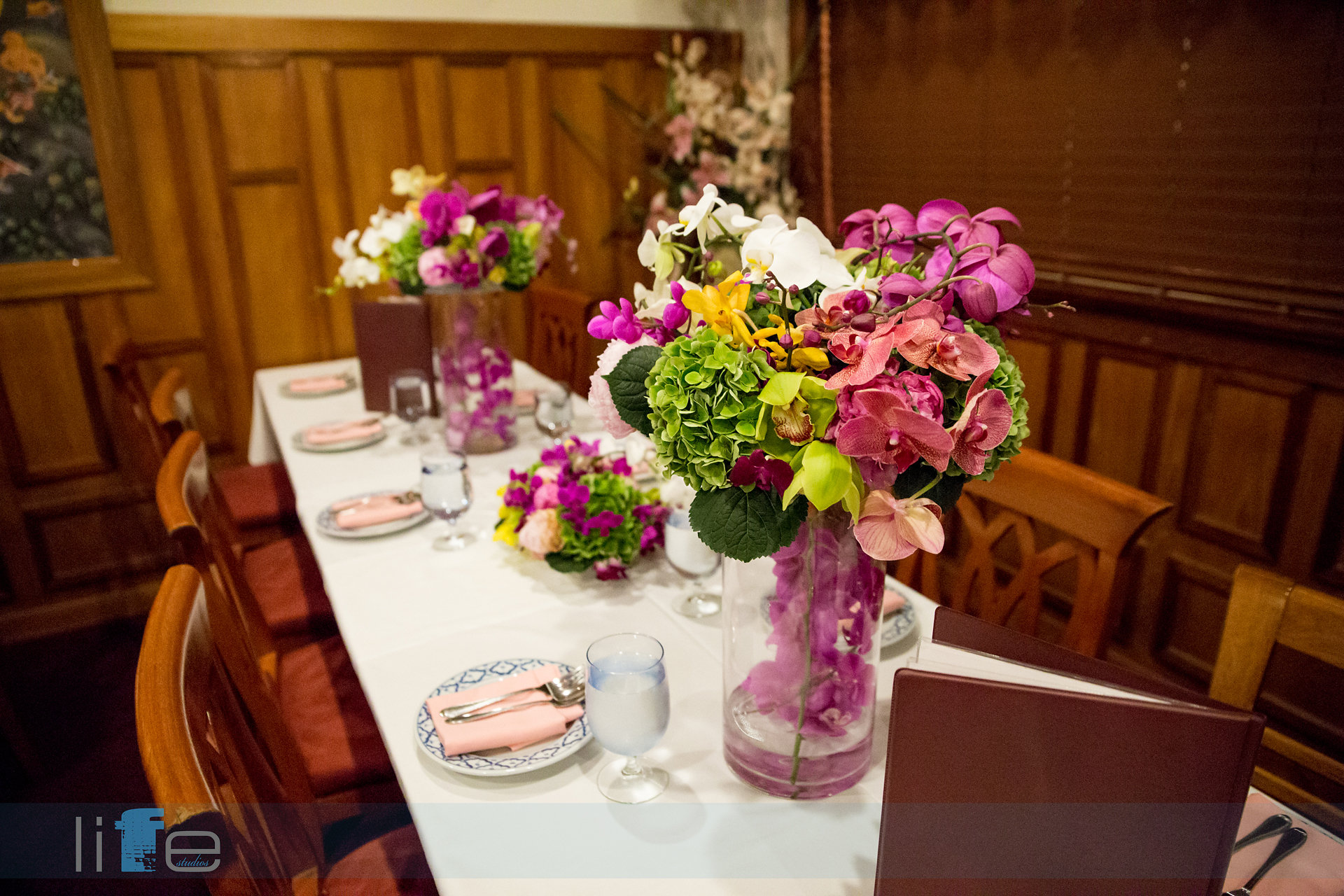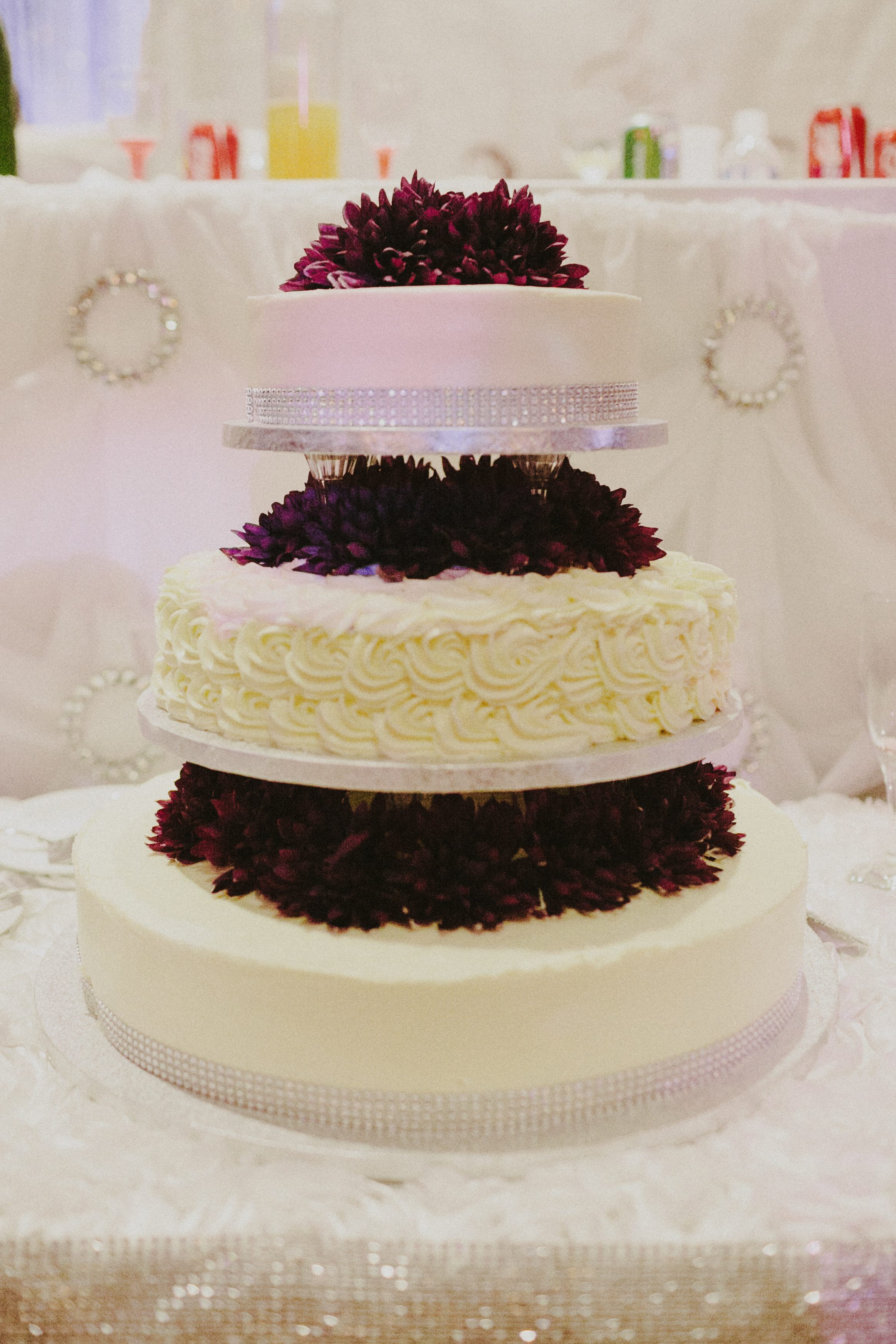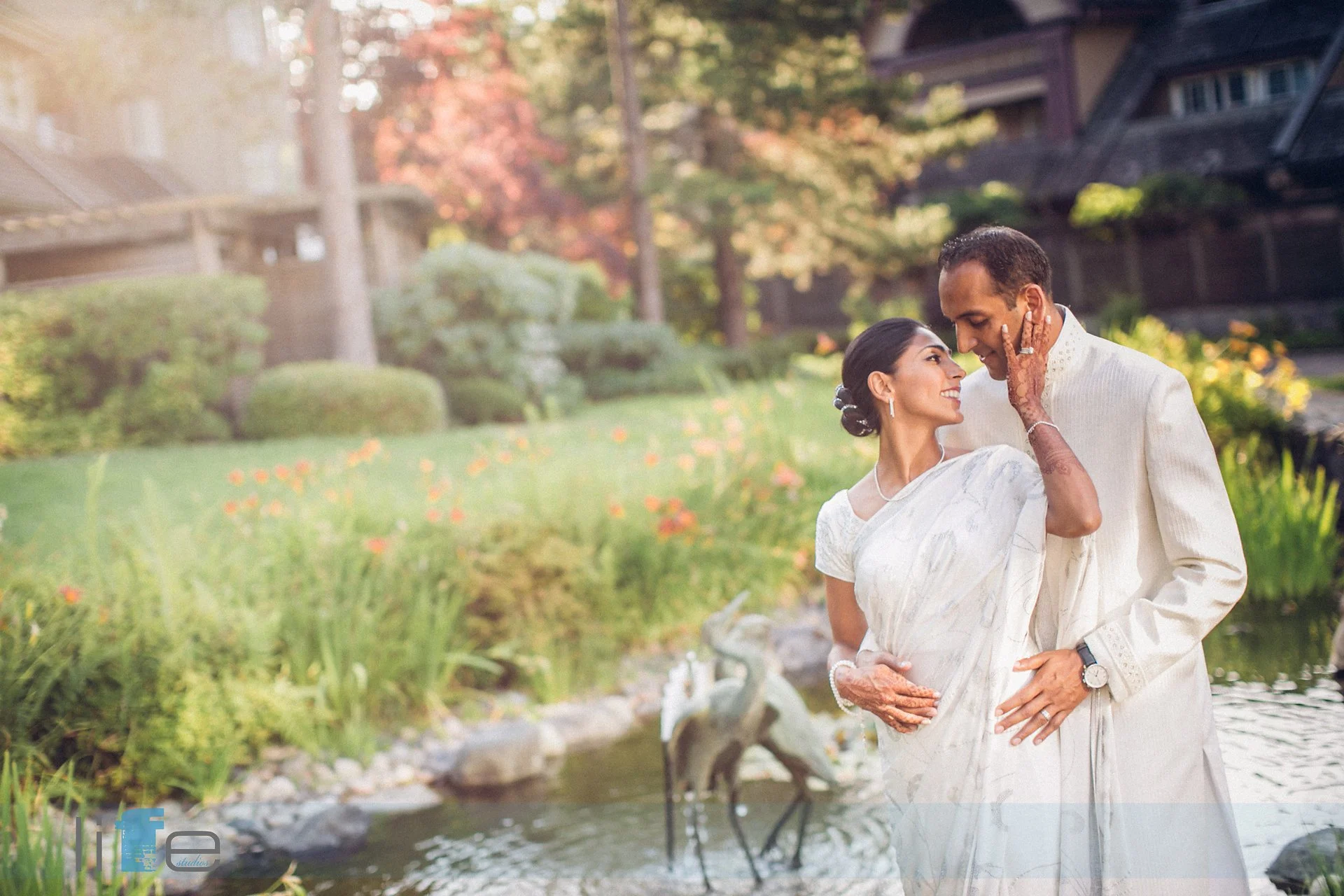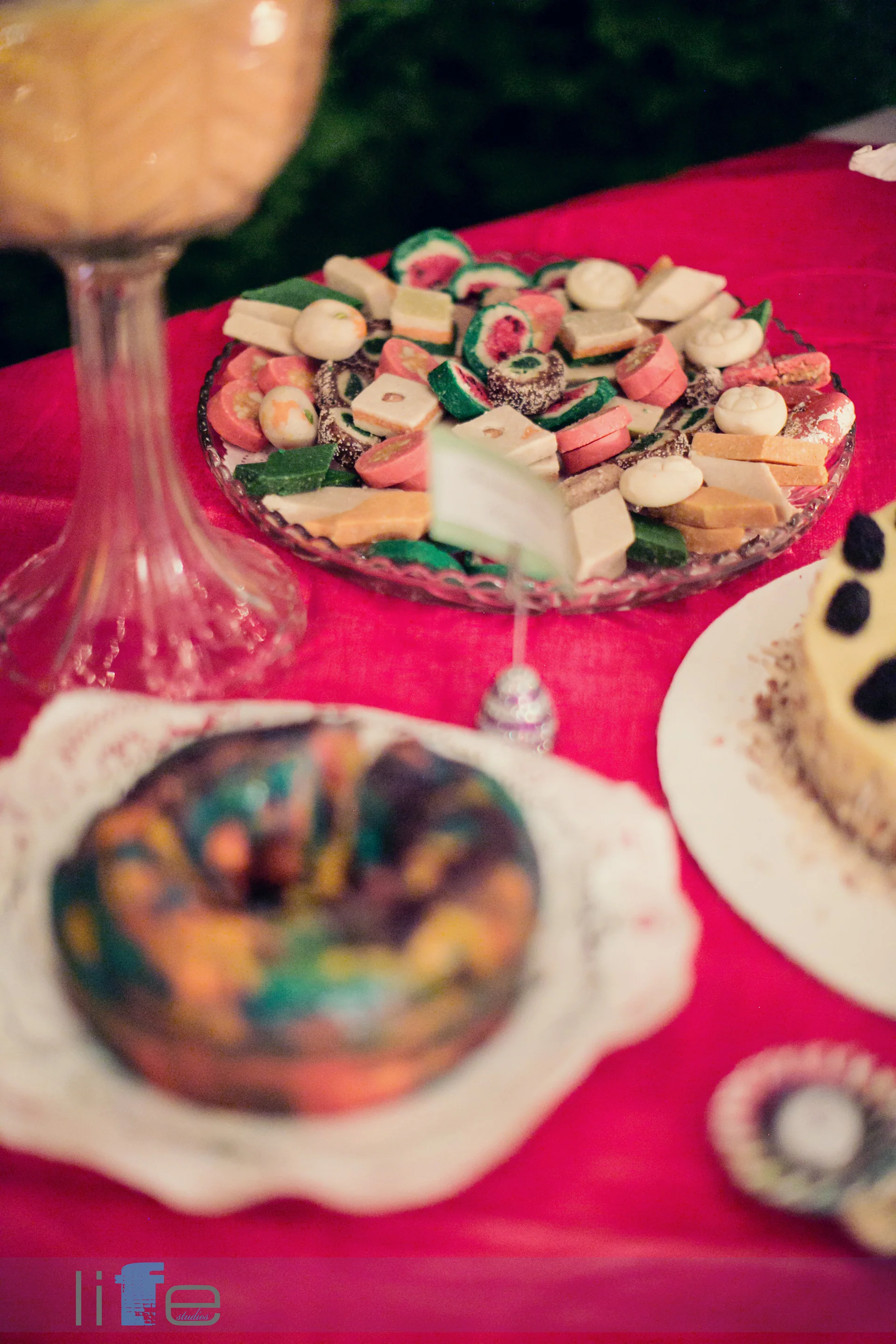Indian vs. Western Weddings: A Planner’s Take on Blending Cultures
Weddings are a beautiful reflection of who we are, and for many modern couples, that means bringing together more than one culture, language, or set of traditions. As planners who have worked on everything from multi-day South Asian celebrations to elegant Western-style ceremonies, we’ve seen just how magical fusion weddings can be. Our personal favorites are the fusion weddings blending traditions, rituals, and special nuances, making all cultures and rituals so special.
Here’s our take on the key differences between Indian and Western weddings, and how to create a harmonious blend of both worlds.
The Timeline: One Day vs. Several Days of Celebration
Western Weddings often follow a one-day format: ceremony, cocktail hour, reception. Everything flows seamlessly in a single event with a clear beginning, middle, and end.
Indian Weddings, on the other hand, are typically spread over several days, with events like Mehndi, Haldi, Sangeet, and the main wedding followed by a reception. Each event has its own special vibe, dress code, and rituals.
Blended Tip: Many couples now choose a condensed 2-day fusion format — honoring key Indian ceremonies like the Sangeet and wedding, with a Western-style reception the next day.
The Ceremony: Rituals vs. Readings
Western Ceremonies tend to be shorter (20–40 minutes) and may include personal vows, readings, and musical performances. They’re often officiated by a pastor, celebrant, or even a friend.
Indian Ceremonies, particularly Hindu ceremonies, are deeply symbolic and can last 1 to 3 hours. There are several rituals involved, from walking around the fire (pheras) to tying the mangalsutra.
Blended Tip: You can include meaningful elements from both, a Western vow exchange following the tying of the mangalsutra after exchanging your rings, or a ring ceremony incorporated into the Sangeet night.









Pictures: M & D Wedding
The Vibe: Elegant vs. Extravagant
Western Receptions often focus on sophistication: seated dinners, speeches, first dances, and polished décor.
Indian Receptions are known for their grand scale, elaborate décor, high-energy entrances, and dancing until the early hours.
Blended Tip: Combine the best of both! A classic sit-down dinner with Indian fusion cuisine followed by a full dance floor with Bollywood beats? Yes, please!
The Fashion: Minimalism vs. Maximalism
Western Brides typically wear one dress (often white or ivory), with maybe a second outfit for the reception. Grooms wear tuxedos or suits.
Indian Brides shine in lehengas or sarees (sometimes 2–3 changes over the weekend!), while grooms wear sherwanis and turbans.
Blended Tip: We’ve worked with brides who wore a lehenga for the ceremony and took off the dupatta to convert their lehenga into a modern gown for the reception — or vice versa. Either way, you can have so much fun with this!!
The Food: Three Courses vs. Full Feast
Western Menus lean toward plated meals with multiple courses and wine pairings.
Indian Menus feature buffet-style service with a wide variety of vegetarian and non-veg options, from regional specialties to fusion dishes.
Blended Tip: You can cater to both — offer a traditional plated service with Indian-inspired dishes or split cuisines between events (e.g., Western for rehearsal, Indian for the reception).
Planning a Multicultural Wedding?
Whether you’re fusing two faiths, two cuisines, or two music playlists — cultural weddings require careful planning, coordination, and creativity.
At The Soirée Company, we understand the delicate balance of honoring traditions while making space for your unique love story.
We specialize in cultural weddings — let’s make yours unforgettable.
Get in touch to explore how we can bring both sides of your story together in harmony.












